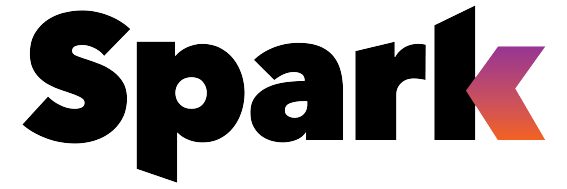CIO Academy Asia #HASHTECH Insights
April 8, 2020
How do you get a multinational electrical equipment manufacturer that’s been in business for the last 184 years and employs 155,000 people to become agile enough to develop 60 new apps in under two years?
You do that by introducing an innovative approach into the software development cycle that cuts coding time and effort by about 70% – and even allows non-programmers the ability to write code. That approach is called “low-code”. And it’s revolutionising the world of programming.
“It lets you build apps visually,” says Mark Weaser, Vice President (Asia-Pacific) at OutSystems. “Some low-code solutions come with pre-built functionality and code that even non-professional users can use to build simple applications.”
OutSystems is a pioneer in the low-code market and was founded in 2001 in Lisbon, Portugal. It now has thousands of customers worldwide. In 2019, the firm was ranked a Leader in the Gartner Magic Quadrant for Enterprise Low-Code Application Platforms report.
“OutSystems had among the five highest scores for every use case identified by Gartner,” added Weaser. “Our vision is to fuel the future of digital innovation. A new world unbounded by traditional software and systems, where the creative potential in every organisation can be unleashed.”
Low-code doesn’t mean no-code, although most low-code platforms today have a no-code element. Simply put, it is faster coding with much less effort. The OutSystems platform offers capabilities for enterprise-grade development and full life-cycle management, integration, UI/UX, business logic, data models, web services, and APIs. It offers access to advanced web and mobile user experience, B2C solutions, and even batch processing.
“Low-code app platforms continue to grow in capability and maturity, addressing more enterprise use-cases and providing rapid application delivery with fewer skills to the advantage of businesses,” says a Gartner report. “They are also replacing traditional Java and .NET developments where the requirements do not justify the costs and skills of cloud-native application platforms.”
What’s more alluring to enterprises is that non-programmers can take a shot at coding. “These users are known as ‘Citizen Developers’ or ‘Business Users’. Simply put, these users are technically-minded enough to understand how to use a visual modeler to create apps,” Weaser says. “However, they lack the professional developer experience necessary to build more complex applications, at least initially.”
Some examples of companies that have benefited from low-code:
- Schneider Electric: This global energy giant used the OutSystems platform and managed to halve their software development time, thereby saving 650 days of effort in the first year alone. The company set up a “Low-Code Digital Factory” that produced more than 60 new apps in its first 20 months.
- Ricoh Singapore: Is part of Japanese giant Ricoh, which leads in document management solutions, printing, digital imaging, and related areas. Ricoh Singapore realised a 253% return on investment by using low-code programming that translated to an average annual savings of S$132,000.
- ACT Revenue Office: Provides services for around half a million taxpayers and is responsible for payroll tax, land-based tax, and rental bonds in the Australian Capital Territory. They utilise the OutSystems platform to modernise and simplify processes with self-service portals, that saved 90% of refund processing time for both citizens and employees.
- FWD Insurance: Started operations in Singapore in 2016 and offers a suite of life and general insurance products. It has grown from 33rd to 8th largest insurance provider in the Philippines in just four years. Using OutSystems, FWD launched a new customer-facing app called Tapp in just 90 days.
Can both traditional coding and low-code development processes co-exist? “Yes,” says Weaser. “Citizen developers could utilise low-code to establish core functionality. Traditional developers can then add specialised and complex functions, without the need to focus on repetitive coding. The drag-and-drop function helps you build apps using pre-built user interface functionality, as well as design for full-stack and cross-platform apps.”
Finally, what’s OutSystems doing to help during the Covid-19 crisis?
- OutSystems launched a community-based app development program to help combat the coronavirus and its effects digitally. Inspired by the energy and determination of its community of developers and its own employees, OutSystems is offering its easy-to-use software development platform and its expertise to help turn 20 app ideas for fighting the global pandemic into reality. See the projects here.
- In line with the SkillsFuture movement to encourage working adults to take this time to upskill, Republic Polytechnic is partnering with OutSystems in Singapore for a two-day, low-code mobile app development course targeted at adult learners with little or no coding background.
 The Southeast Asia Technology Trends & Priorities for 2020 Report, published by CIO Academy Asia in collaboration with the Lee Kuan Yew Centre for Innovative Cities at SUTD, is now available for download.
The Southeast Asia Technology Trends & Priorities for 2020 Report, published by CIO Academy Asia in collaboration with the Lee Kuan Yew Centre for Innovative Cities at SUTD, is now available for download.
Visit here to get your copy








